American literature is marked by several basic elements. Literature reflects society and history, major events in America have always been linked to major events in Europe from the founding of the nation until now.
![Strolling through the American Literature Garden [Part 1] Dạo chơi vườn văn Mỹ [Kỳ 1]](https://vstatic.vietnam.vn/vietnam/resource/IMAGE/2025/1/20/df9b7b19090448498bff05eb88b7c08b) |
| Illustration photo. |
Therefore, European literary movements and schools have influenced America (romanticism, realism, etc.). American literature is both closely linked to English and European literature, and the “colonial complex” gives rise to the literary tendencies of cosmopolitanism and isolationism, as well as in political strategy.
The religious element with Puritan colors permeates American morality and is an endless source of inspiration for creation. The geographical element is especially important to American literature; everything here is oversized and immense: from trees, to rivers, lakes, mountains, deserts, and cities. American space as well as American time always haunts creation, provoking discoveries and innovations in all genres, especially novels.
During the colonial period (1607-1774) until the end of the 18th century, American literature was Puritan, mystical and melancholy. Benjamin Franklin (1706-1790) was the first to bring a new literary atmosphere with the humanistic thoughts of Enlightenment philosophy; he also contributed to awakening the consciousness of national independence. Patriotic literature developed especially with the works of George Washington (1732-1799) and Thomas Jefferson (1743-1826).
By the 19th century, from the late 10th to the early 20th century, there were three pioneering authors. Washington Irving (1783-1859) is considered the father of the American short story. An American writer, Fenimore Cooper (1789-1851), gained public attention with a series of frontier novels, especially The Last of the Mohicans (1826). He built the plot in an American context with a typical American character, an uneducated person, very close to nature, surviving by instinct, honest and practical.
William Cullen Bryant (1794-1878) was the first American poet of stature. His poetry was romantic, sad, tinged with Puritanism, reflecting a connection with nature.
From the 1930s until the Civil War of 1865, the short story genre was brought to its peak by Edgar Poe (1809-1849). He was a “romantic-symbolic” poet representing the “art for art’s sake” trend. The novels and short stories of Nathaniel Hawthorne (1804-1864) and Herman Melville (1819-1891) continued the spiritual legacy of Puritanism.
The transcendentalist philosophy of Ralph Waldo Emerson (1803-1882) was a powerful source of inspiration throughout that period, and also promoted many collective experiments in the freedom of utopian socialism. He exalted nature, believing that the free individual could reach the pinnacle of spirituality without the need for formal religion. An outstanding disciple and influence of Emerson, Henry David Thoreau (1817-1862) wrote a series of works in the 1950s, marking the golden age of American literature.
Some authors were passionate about fighting against slavery in the 1950s. The poet Walt Whitman (1819-1892) was prominent among them, he was the voice of America, praising the mountains, rivers, fields, and newly formed democracy in America. 12 years older than Whitman, the Quaker poet John Whittier (1807-1892) had two sources of emotion: Nature and anti-slavery. Speaking of the anti-slavery theme, it is impossible not to mention the work Uncle Tom's Cabin by Harriet Beecher Stowe (1811-1896); it represents the power of conscience in literature, strongly condemning the brutal slavery system, and at the same time contributing to the liberation of slaves in America, encouraging Americans with conscience to fight strongly and fiercely.
After the Civil War, a regionalist literary movement emerged. The most prominent author was Mark Twain (1835-1910), with The Adventures of Tom Sawyer and The Adventures of Huckleberry Finn. This is considered the greatest novel in American literature. Also emerging in regional literature was William Dean Howells (1837-1920), who proposed the theory of realism in America. Influenced by Howells, two writers, Frank Norris (1870-1902) and Stephen Crane (1871-1900), brought realism to naturalism, while in reaction to materialism, going against the path of realism, another writer, Henry James (1843-1916), turned to personal psychological problems, heralding the modern psychological novel.
We should also mention the very famous American poet of the 19th century, Henry Longfellow (1807-1882) with his clear, simple and melodious poems.
From the early 20th century to World War II, Jack London (1876-1916) was the first American proletarian writer. He had a contradictory worldview , criticized society, and promoted adventure, instinctive action, and wildness.
During and after World War I, the trend of critical realism continued. Theodore Dreiser (1871-1945) can be considered the “High Point of American Realist Literature”. Edgar Lee Masters (1869-1950) was a satirical poet; Carl August Sandburg (1878-1967) was an industrial poet, praising the vitality of the people. Sherwoad Anderson (1876-1941) wrote short stories and novels against the formula, sympathetic to blacks and proletarian revolutionary forces; Sinclair Lewis (1885-1951) was a novelist who ridiculed the traditional American dream of success; Upton Sinclair (1878-1968), like Sinclair Lewis, was included in the group of “muckrakers” who criticized the notion of America as a paradise.
Source



![[Photo] Hanoi morning of October 1: Prolonged flooding, people wade to work](https://vphoto.vietnam.vn/thumb/1200x675/vietnam/resource/IMAGE/2025/10/1/189be28938e3493fa26b2938efa2059e)





















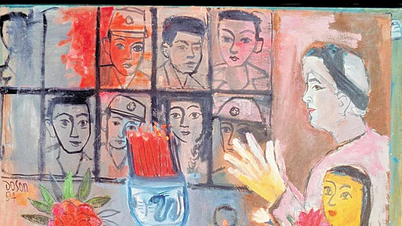








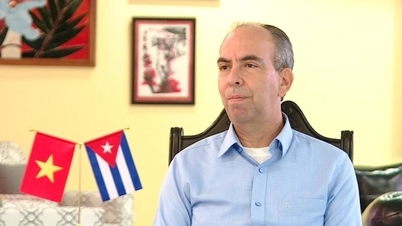
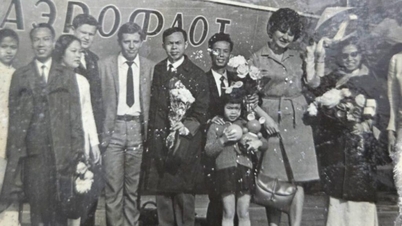


![[Photo] President Luong Cuong receives President of the Cuban National Assembly Esteban Lazo Hernandez](https://vphoto.vietnam.vn/thumb/1200x675/vietnam/resource/IMAGE/2025/9/30/4d38932911c24f6ea1936252bd5427fa)
![[Photo] Panorama of the cable-stayed bridge, the final bottleneck of the Ben Luc-Long Thanh expressway](https://vphoto.vietnam.vn/thumb/1200x675/vietnam/resource/IMAGE/2025/9/30/391fdf21025541d6b2f092e49a17243f)























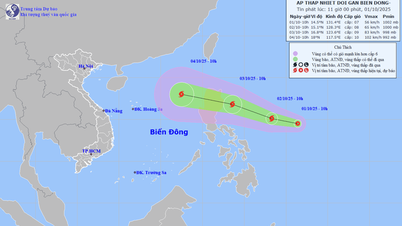
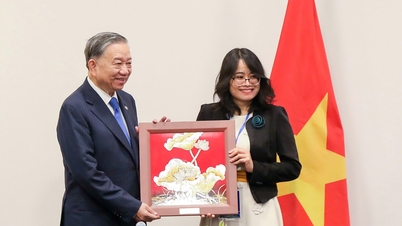
















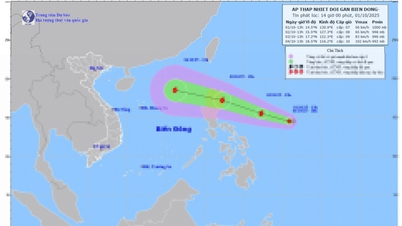















Comment (0)